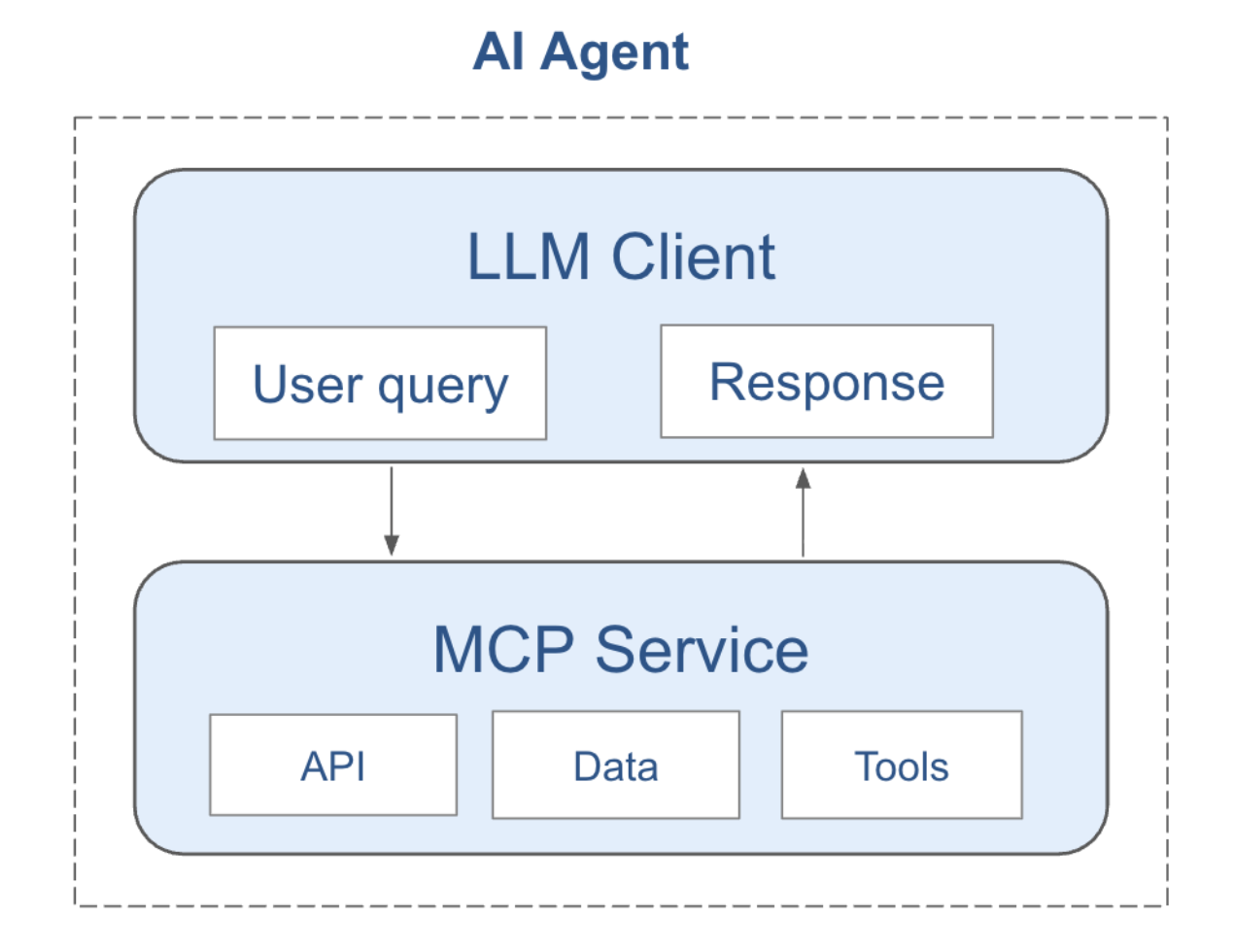
October 15, 2023
October 15, 2023
The World's Most Accurate Winter Ski Season Forecast 2021-22
.jpg)
The 2021 ski season got off to an early start last week as a potent atmospheric river dumped more than three feet of snow across the Sierra Nevadas, allowing resorts in the area to push forward their opening dates several weeks ahead of schedule. October also brought measurable snowfall to much of Colorado and Utah, and the first half of November looks promising for snowfall across the Pacific Northwest. But what will the rest of the season bring?
Salient’s look to the winter ahead is somewhat similar to last year’s, again characterized by cool equatorial temperatures in the Pacific. This is the La Niña pattern, the opposite of the El Niño pattern of warm equatorial waters. The pattern we expect is generally warmer than normal conditions across the much of the lower 48, with dryer conditions in the South and wetter in the North from November through January (Figs. 1, 2).


But, let’s break it down by month for a more detailed view:
December: We forecast warmer than normal temperatures for the South and East, and cooler in the Northwest (Fig. 3).

We expect December precipitation to be generally dry across the south, with modestly above-normal precipitation in the North (Fig. 4). The combination of low temperatures and reasonable moisture supply indicates a strong start to the ski season in the Pacific Northwest. Colorado should have normal temperatures and precipitation, so reliable skiing should be available in the mountains. In the East, sites in Maine look to offer the most promising ski conditions in December, while southern New England is likely to be spotty with warm temperatures, limiting good skiing to the higher elevations. Also, with the major population centers along the coast (New York, Boston) experiencing mild temperatures, people may be less inclined to head to the mountains if there is a lack of snow in the backyard (local bias). For ski area operators, research indicates that one inch of snowfall will increase lift ticket sales by 7-9% (Shih, et. al., 2009).

January: It looks like there is a decent chance of a January freeze across the Central and Eastern US, with the west coast and Southwest a little warmer than normal (Fig. 5).

But precipitation in January may be limited, coming in a bit below normal over much of the nation (Fig. 6). Maine, however, looks to be modestly above normal for precip, so good skiing conditions should persist there.

Looking ahead to the spring (Feb, Mar, Apr - Figs. 7 and 8) we expect above-average warmth to return for nearly everywhere except Maine. Precipitation should be ample in the East and the Pacific Northwest.


To summarize our ski forecast for this winter: Maine looks sufficiently cold and snowy to have a continuously good season; the Pacific Northwest will have a solid early season and a middling January, when conditions should improve for Colorado and other central states. As always, higher elevations will be able to make snow, even if precipitation is below normal. However, the La Niña conditions are like last year’s, so we expect another warm, dry spring, which is likely to shorten the western ski season, even if winter snowfall is generous.
Reference:
Shih C., S. Nicholls, D.F. Holecek, 2009. Impact of weather on downhill ski lift ticket sales. Journal of Travel Research, Vol. 47, Number 3, 359-372.
October 15, 2023
October 15, 2023
The World's Most Accurate Winter Ski Season Forecast 2021-22
.jpg)
The 2021 ski season got off to an early start last week as a potent atmospheric river dumped more than three feet of snow across the Sierra Nevadas, allowing resorts in the area to push forward their opening dates several weeks ahead of schedule. October also brought measurable snowfall to much of Colorado and Utah, and the first half of November looks promising for snowfall across the Pacific Northwest. But what will the rest of the season bring?
Salient’s look to the winter ahead is somewhat similar to last year’s, again characterized by cool equatorial temperatures in the Pacific. This is the La Niña pattern, the opposite of the El Niño pattern of warm equatorial waters. The pattern we expect is generally warmer than normal conditions across the much of the lower 48, with dryer conditions in the South and wetter in the North from November through January (Figs. 1, 2).


But, let’s break it down by month for a more detailed view:
December: We forecast warmer than normal temperatures for the South and East, and cooler in the Northwest (Fig. 3).

We expect December precipitation to be generally dry across the south, with modestly above-normal precipitation in the North (Fig. 4). The combination of low temperatures and reasonable moisture supply indicates a strong start to the ski season in the Pacific Northwest. Colorado should have normal temperatures and precipitation, so reliable skiing should be available in the mountains. In the East, sites in Maine look to offer the most promising ski conditions in December, while southern New England is likely to be spotty with warm temperatures, limiting good skiing to the higher elevations. Also, with the major population centers along the coast (New York, Boston) experiencing mild temperatures, people may be less inclined to head to the mountains if there is a lack of snow in the backyard (local bias). For ski area operators, research indicates that one inch of snowfall will increase lift ticket sales by 7-9% (Shih, et. al., 2009).

January: It looks like there is a decent chance of a January freeze across the Central and Eastern US, with the west coast and Southwest a little warmer than normal (Fig. 5).

But precipitation in January may be limited, coming in a bit below normal over much of the nation (Fig. 6). Maine, however, looks to be modestly above normal for precip, so good skiing conditions should persist there.

Looking ahead to the spring (Feb, Mar, Apr - Figs. 7 and 8) we expect above-average warmth to return for nearly everywhere except Maine. Precipitation should be ample in the East and the Pacific Northwest.


To summarize our ski forecast for this winter: Maine looks sufficiently cold and snowy to have a continuously good season; the Pacific Northwest will have a solid early season and a middling January, when conditions should improve for Colorado and other central states. As always, higher elevations will be able to make snow, even if precipitation is below normal. However, the La Niña conditions are like last year’s, so we expect another warm, dry spring, which is likely to shorten the western ski season, even if winter snowfall is generous.
Reference:
Shih C., S. Nicholls, D.F. Holecek, 2009. Impact of weather on downhill ski lift ticket sales. Journal of Travel Research, Vol. 47, Number 3, 359-372.
About Salient
Salient combines ocean and land-surface data with machine learning and climate expertise to deliver accurate and reliable subseasonal-to-seasonal weather forecasts and industry insights—two to 52 weeks in advance. Bringing together leading experts in physical oceanography, climatology and the global water cycle, machine learning, and AI, Salient helps enterprise clients improve resiliency, increase preparedness, and make better decisions in the face of a rapidly changing climate. Learn more at www.salientpredictions.com and follow on LinkedIn and X.



